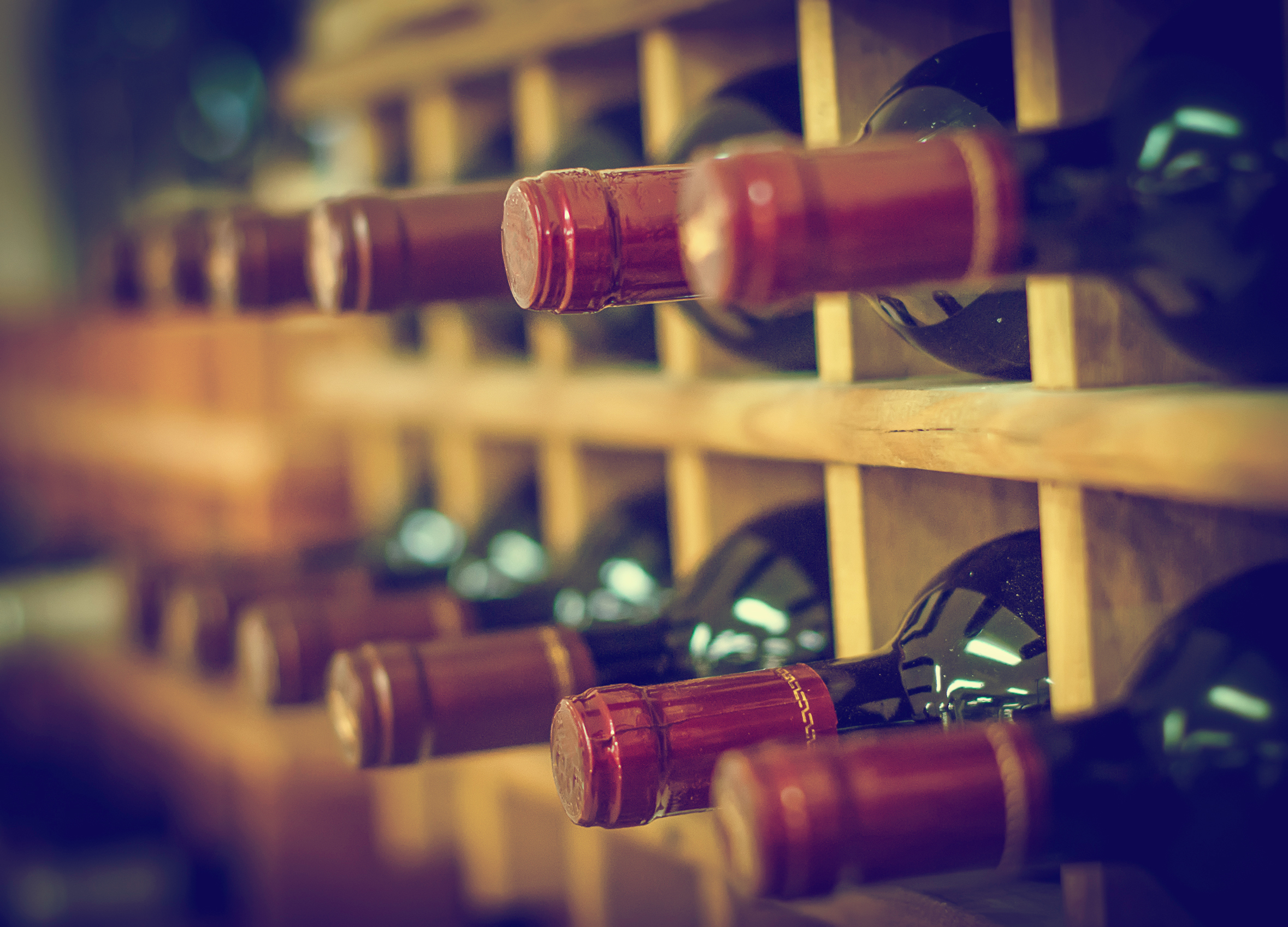WITH JEREMY HART, CO-FOUNDER OF SOMM.AI
Helena Morgana Germanetto
Juliana Colangelo, Vice President at Colangelo & Partners, the leading wine and spirits communications agency in the U.S., conducted an in-depth interview with Jeremy Hart, a prominent wine expert in the U.S. community, to delve into the on-premise trends for Italian wine in the U.S. market.
Jeremy Hart is a highly experienced professional with a rich background spanning over two decades in the hospitality sector. His expertise lies in sales, brand management, and strategic marketing. During his seven-year tenure with a renowned importer, he successfully managed a portfolio of over 400 SKUs from 56 different brands across six states, overseeing national accounts. His innovative brand concepts significantly contributed to the recognition of a multiyear Wine Spectator’s Top 100 Winner. Jeremy’s reputation as an industry expert was solidified through his role as the host of the closing dinner at the prestigious TexSom Conference for five consecutive years. In addition to these achievements, he co-founded Inknowlogy Marketing Agency, established his own wine brand, Explicit Content, and currently serves as the Chief Strategic Marketing and Co-Founder at Somm.ai.
Jeremy is deeply committed to advancing the beverage industry by employing data-driven methods for growth and promotion. Thanks to his expertise and company, he has developed strategies to teach people about the on-premise world in the U.S. market. This includes understanding the market’s biggest challenges and most interesting opportunities for each category, deciding whether to push or not the distribution system, and better understanding companies’ positioning in such a complex scenario.
In the discussion with Jeremy and exploring the possibilities that Inknowlogy has to offer, it is evident that while France remains the number one non-domestic origin for wines in the U.S. in the on-premise, Italy is closely following suit, displaying promising growth percentages, especially in the premium category.
With over 1,200 placements as net additions, Italy is poised to become the next big trend in the U.S. on-premise panorama. Wines such as Barolo, Super Tuscans, Brunello, Chianti, and even the smaller Barbaresco appellation are revealing promising trends to pursue in order to captivate the U.S. palates in on-premise settings.
A surprising revelation is that among all 50 states, Colorado stands out with a remarkable 19% growth trend, marking a significant turning point for many.
The question arises: how should producers structure their benchmarking activities to enhance their competitive advantage in this multifaceted scenario of the U.S. wine market? Jeremy emphasizes the importance of not only considering price points, whether increasing, decreasing, or aligning with competitors, but also examining appellations as a whole. Producers should analyze their behavior while comparing them with similar products from different countries of origin.
Lastly, data analysis provides the means to move away from predicting trends based on instincts, sensations, and adventurous bets, allowing producers to make strategic decisions grounded in tangible data.
While one of the challenges for Italian companies remains staying in constant communication with buyers, the future of Italian wines in the U.S. on-premise market appears exceptionally promising.


